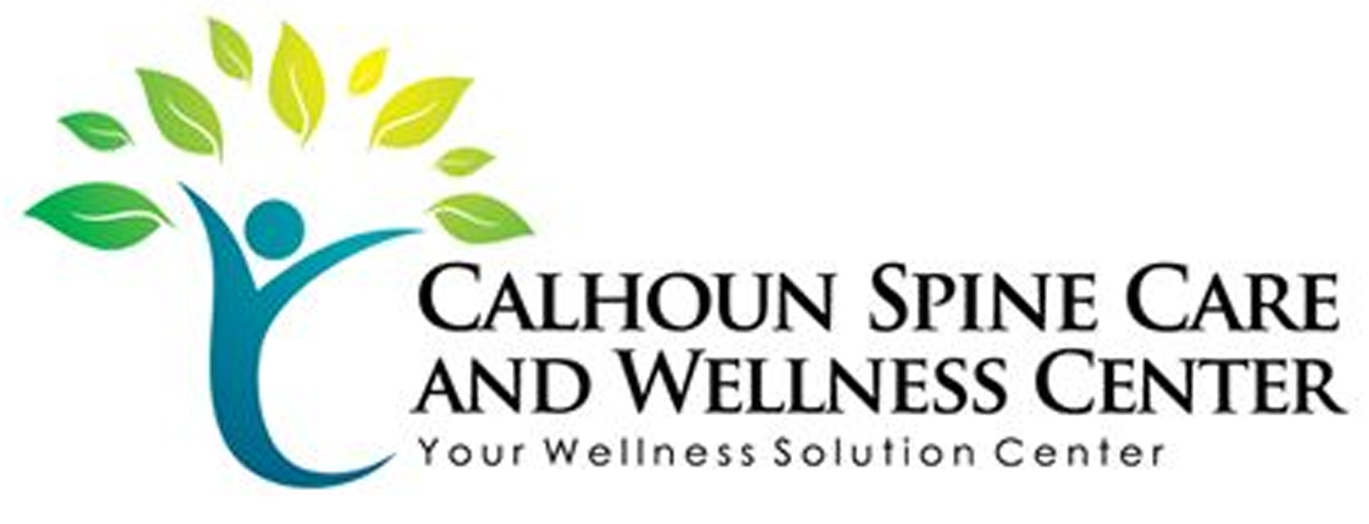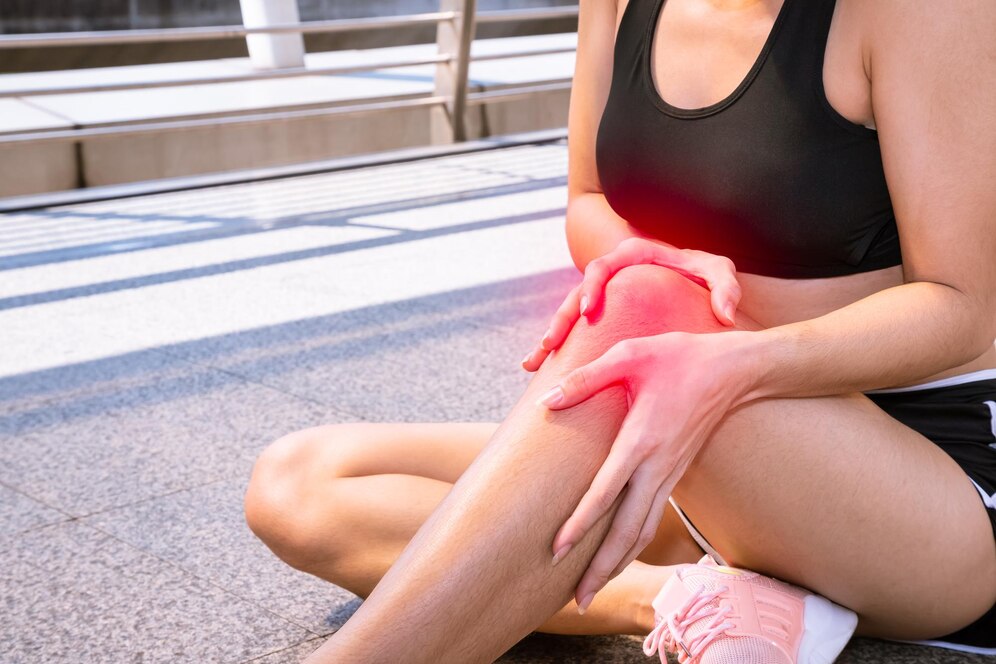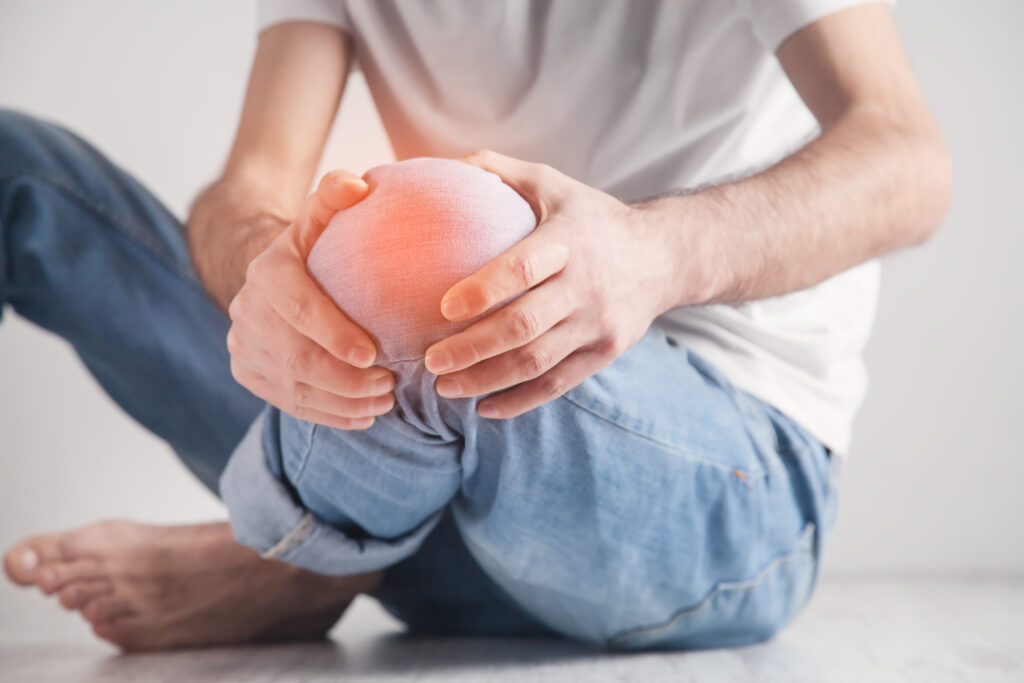When you think about sports injuries in Calhoun, you might picture the immediate chaos on the field, but effective care goes far beyond that initial moment. You need to understand not just how to respond right away, but also how to navigate rehabilitation and prevention strategies tailored to your needs. By focusing on methods like R.I.C.E. and exploring local treatment options, you'll find ways to enhance your recovery. Yet, there's more to reflect upon when aiming for ideal performance and longevity in your athletic pursuits. What are the best practices you could adopt to stay ahead of injuries?
Common Sports Injuries in Calhoun
In Calhoun, athletes of all ages face a variety of common sports injuries that can sideline them from their favorite activities. Whether you're a weekend warrior or a competitive player, it's vital to recognize these injuries early to manage them effectively.
One of the most frequent injuries you might encounter is a sprain, particularly in the ankles or knees. Sprains occur when ligaments stretch or tear, often happening during sudden twists or impacts.
You might also experience strains, which involve muscles or tendons getting overstretched or torn, typically affecting the hamstrings or quadriceps.
Knee injuries like ACL tears are another serious concern, especially for athletes involved in high-impact sports. These injuries can lead to significant downtime and often require surgical intervention.
Don't forget about shoulder injuries, too. Rotator cuff tears or shoulder dislocations can happen during activities that involve overhead motions, like swimming or tennis.
Also common are stress fractures, which occur from repetitive force or overuse, commonly seen in runners and dancers. These small cracks in the bone can lead to severe pain and require rest for proper healing.
Finally, consider concussions, which can happen in contact sports and often go unnoticed until symptoms like headaches or dizziness appear.
Recognizing these common sports injuries is vital in ensuring you get the right care and can return to your favorite activities as soon as possible. Stay vigilant and proactive to keep yourself in the game!
Immediate Response to Injuries
When you face a sports injury, your immediate response can make all the difference.
Start by evaluating the injury to determine its severity and follow up with appropriate first aid.
If the situation calls for it, don't hesitate to seek professional help to guarantee proper recovery.
Assessing the Injury
Evaluating an injury immediately after it occurs is critical for effective treatment and recovery. When you witness an injury, your first step is to assess the situation. Check for any obvious signs of injury, like swelling, bruising, or deformity. Ask the injured person how they feel and if they can move the affected area. This information helps you gauge the severity of the injury.
Next, look at the mechanism of injury. Understanding how the injury happened can provide essential insight into potential damage. For instance, a twisted ankle might indicate a sprain or even a fracture, while a hard fall could lead to a concussion or other serious issues.
Pay attention to the person's important signs, such as their breathing and pulse. If they show signs of shock, like pale skin or confusion, it's important to act quickly.
Make sure to stay calm and reassure the injured individual, as panic can exacerbate the situation. Remember, your primary goal during this assessment is to determine whether they need immediate medical attention or if you can manage the injury on-site. Your quick and accurate assessment can considerably influence their recovery process.
Immediate First Aid
Immediate first aid is vital for minimizing damage and promoting recovery after a sports injury. When you or someone else gets hurt, acting quickly can make a world of difference. Start by evaluating the situation; verify the area is safe before approaching the injured person. If they're conscious, ask them about their pain and how it happened.
Next, apply the R.I.C.E. method: Rest, Ice, Compression, and Elevation. Encourage the injured person to rest the affected area. Use ice wrapped in a cloth to reduce swelling and numb the pain, applying it for 15-20 minutes every hour.
For compression, use a bandage to help control swelling but make sure it's not too tight. Elevating the injury above heart level can also help minimize swelling.
Keep monitoring the person's condition, checking for any changes in pain or mobility. If the injury seems severe or doesn't improve, it's important to seek professional help.
Seeking Professional Help
After providing initial first aid, knowing when to seek professional help is key to ensuring proper recovery from a sports injury. If the pain persists, it's essential to consult a healthcare professional. Ignoring ongoing discomfort can lead to long-term complications that might sideline you longer than necessary.
Look out for signs that indicate you should seek help immediately. These include severe swelling, inability to move the affected area, or a noticeable deformity. If you experience numbness or tingling, don't hesitate to get evaluated. It's better to be safe than sorry.
When you visit a professional, they'll conduct a thorough assessment, possibly including imaging tests like X-rays or MRIs, to determine the extent of your injury.
Based on their findings, they might recommend treatments such as physical therapy, medication, or, in some cases, surgery.
Local Treatment Options
When you're dealing with a sports injury, local treatment options can make a big difference.
Physical therapy services can help you regain strength and mobility, while urgent care facilities provide immediate attention for more serious issues.
Knowing where to go for the right care is essential for a speedy recovery.
Physical Therapy Services
For athletes dealing with sports injuries, local physical therapy services offer tailored treatment options that can greatly enhance recovery.
These services focus on restoring function, reducing pain, and preventing future injuries. With a personalized approach, your therapist will design a program that meets your specific needs and goals.
You'll find that local physical therapy offers several key benefits, including:
- One-on-One Attention: You'll receive individualized care, ensuring your unique injury is addressed.
- Rehabilitation Techniques: Your therapist will employ various techniques, like manual therapy and modalities, to promote healing.
- Strength and Flexibility Training: Focused exercises will help you regain strength and improve flexibility, essential for returning to your sport.
- Education and Prevention: You'll learn valuable strategies to prevent re-injury and maintain peak performance.
Urgent Care Facilities
Urgent care facilities provide accessible and immediate treatment options for sports injuries, ensuring you get the care you need without the long wait times of traditional emergency rooms. These centers are designed to handle a variety of injuries, from sprains and strains to fractures and concussions.
When you walk into an urgent care facility, you'll typically find a team of trained professionals ready to assess your condition promptly.
One of the major advantages of urgent care is their extended hours. Many facilities are open evenings and weekends, making it easier for you to seek help when you need it most. You won't have to worry about missing work or school due to an injury.
Additionally, urgent care centers often have the necessary equipment for on-site X-rays and basic lab tests, allowing for quicker diagnoses and treatment plans. They can also provide referrals to specialists if needed.
When faced with a sports injury, remember that an urgent care facility is a convenient option. You'll receive prompt attention and get back to your favorite activities more quickly, ensuring your recovery process is as smooth as possible.
Rehabilitation Techniques
Rehabilitating a sports injury effectively requires a tailored approach that focuses on restoring strength, flexibility, and function.
You'll need to work closely with healthcare professionals to create a personalized rehabilitation plan that suits your specific needs. This process often involves several key techniques to help you recover safely and efficiently.
First, let's talk about strength training. Incorporating resistance exercises can rebuild muscle stability around the injured area. It's essential to start with lighter weights and gradually increase intensity as you gain confidence and strength.
Next, flexibility exercises play an important role. Stretching can improve your range of motion, which is critical for returning to your sport. Incorporate dynamic stretches into your routine to warm up and static stretches to cool down.
Another significant technique is functional training. This involves practicing movements that mimic your sport's specific actions, allowing you to regain the necessary skills and coordination. Activities like agility drills can be beneficial here.
Lastly, consider incorporating balance training. Improving your balance can help prevent future injuries by enhancing your body's proprioception and stability.
Here's a quick summary of effective rehabilitation techniques:
- Strength Training: Build muscle stability and strength.
- Flexibility Exercises: Improve range of motion and prevent stiffness.
- Functional Training: Practice sport-specific movements.
- Balance Training: Enhance stability and proprioception.
Preventative Strategies for Athletes
Athletes' best defense against injuries lies in proactive preventative strategies. You can minimize your risk by focusing on several key areas.
First, always start with a proper warm-up. Spend at least 10 to 15 minutes engaging in dynamic stretches and light aerobic exercises to increase blood flow to your muscles and prepare your body for activity.
Next, consider your training regimen. It's crucial to gradually increase the intensity and duration of your workouts. Sudden spikes in activity can lead to overuse injuries, so listen to your body and adjust your training accordingly.
Incorporating cross-training can also help, as it allows you to work different muscle groups and reduce strain on specific areas.
Don't forget about proper nutrition and hydration. Fueling your body with the right nutrients supports muscle recovery and overall performance. Staying hydrated keeps your joints lubricated and helps prevent cramps.
Also, pay attention to your footwear. Wearing the right shoes for your sport can greatly reduce the risk of injuries like sprains or stress fractures.
Finally, consider incorporating strength training and flexibility exercises into your routine. Strengthening your muscles and improving your flexibility can enhance your overall stability and joint function, making you less prone to injuries.
Resources for Ongoing Support
Accessing ongoing support is essential for maintaining your athletic performance and preventing injuries. Whether you're a seasoned athlete or just starting, having the right resources at your disposal can make all the difference.
Here are some valuable options to take into account:
- Professional Trainers: Working with a certified trainer can help you develop a personalized training program that focuses on your specific needs and goals. They can guide you through safe exercise techniques and offer valuable feedback.
- Physical Therapists: If you've sustained an injury, a physical therapist can provide targeted rehabilitation exercises and treatments to help you recover effectively. They'll make certain you're getting back to your sport safely.
- Support Groups: Connecting with other athletes who've faced similar challenges can be incredibly motivating. Look for local or online support groups where you can share experiences and tips.
- Nutritional Guidance: A sports nutritionist can help you optimize your diet for peak performance. They can tailor meal plans to your training schedule, making sure you're fueling your body correctly.
Utilizing these resources can help you stay on track and make sure you're equipped to handle any bumps in the road.
Remember, ongoing support isn't just about recovery; it's about enhancing your performance and enjoying your athletic journey.
Don't hesitate to reach out for assistance—your future self will thank you!
Conclusion
In Calhoun, taking care of sports injuries is essential for your recovery and performance. By using the R.I.C.E. method right after an injury, you can set yourself on the path to healing. Remember to commit to your rehabilitation and incorporate preventative strategies to minimize future risks. With the right approach, you'll not only bounce back stronger but also enjoy your athletic pursuits with confidence. Don't hesitate to seek local resources for ongoing support and guidance.



